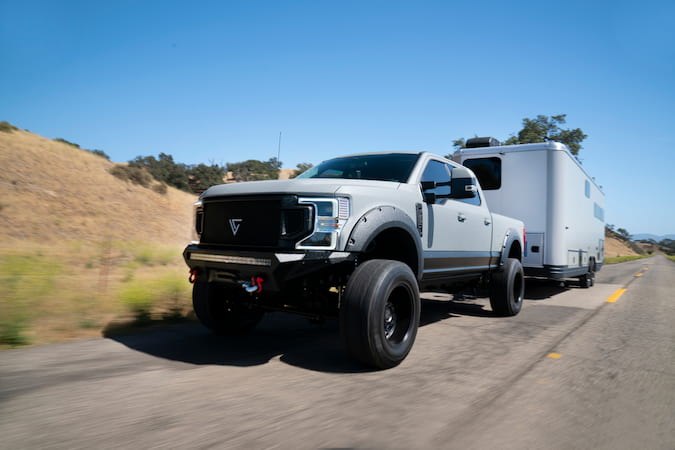Introduction
Towing, while often overlooked, is an essential aspect of vehicle ownership. Whether it’s hauling a trailer, pulling a boat, or rescuing a stranded vehicle, understanding the ins and outs of towing is crucial for both safety and convenience. In this guide, we’ll delve into the world of towing, covering everything from equipment and regulations to best practices on the road.
Towing Equipment
Tow Vehicles and Hitch Systems
Before embarking on any towing endeavor, ensure your vehicle is equipped for the task. This includes having the appropriate tow capacity and hitch system. Match the hitch class to your vehicle’s towing capacity, and ensure it’s properly installed and secured.
Trailer Types and Weight Distribution
Trailers come in various types and sizes, each with its own weight distribution characteristics. Understanding how weight distribution affects towing stability is vital. Always distribute weight evenly and secure cargo to prevent shifting during transit.
Towing Accessories
From safety chains and brake controllers to mirrors and sway control devices, towing accessories enhance safety and convenience. Invest in quality accessories suited to your towing needs to ensure a smooth and secure towing experience.
Legal and Safety Considerations
Towing Regulations
Towing regulations vary by jurisdiction and depend on factors such as vehicle type, weight, and equipment. Familiarize yourself with local towing laws and ensure compliance to avoid fines and penalties.
Weight Limits and Load Capacity
Exceeding weight limits poses serious safety risks and may damage your vehicle or trailer. Stay within specified weight limits and consult manufacturer guidelines for load capacity to prevent accidents and equipment failure.
Safe Towing Practices
Practice defensive driving techniques and maintain a safe following distance when towing. Be mindful of speed limits, especially when towing heavy loads or navigating steep terrain. Additionally, perform routine maintenance checks on your towing equipment to ensure optimal performance.
Towing Techniques
Loading and Unloading
Properly load and unload cargo to maintain towing stability and prevent damage. Distribute weight evenly within the trailer and secure items to prevent shifting during transit. When unloading, exercise caution to avoid injury and damage to your vehicle or trailer.
Backing Up
Mastering the art of backing up while towing can be challenging but is essential for maneuvering in tight spaces. Use a spotter when possible and practice in an open area to improve your skills.
Handling Hills and Curves
When towing on hilly terrain or navigating sharp curves, adjust your speed accordingly and anticipate changes in road elevation. Descend hills in a lower gear to control your speed and reduce strain on the vehicle’s brakes. Approach curves with caution, keeping in mind the wider turning radius when towing.
Emergency Procedures
In the event of a towing-related emergency, remain calm and follow proper procedures. This may include safely pulling over, assessing the situation, and contacting roadside assistance if necessary. Familiarize yourself with basic troubleshooting techniques to address common issues such as trailer sway or brake failure.
Conclusion
Towing is a multifaceted aspect of vehicle ownership that requires careful consideration and preparation. By understanding towing equipment, legal regulations, and safety practices, you can ensure a safe and successful towing experience. Whether towing for recreation or necessity, prioritizing safety and adherence to best practices is paramount. So, before hitching up that trailer or hooking up a tow rope, take the time to educate yourself and prepare adequately for the journey ahead. Safe travels!





